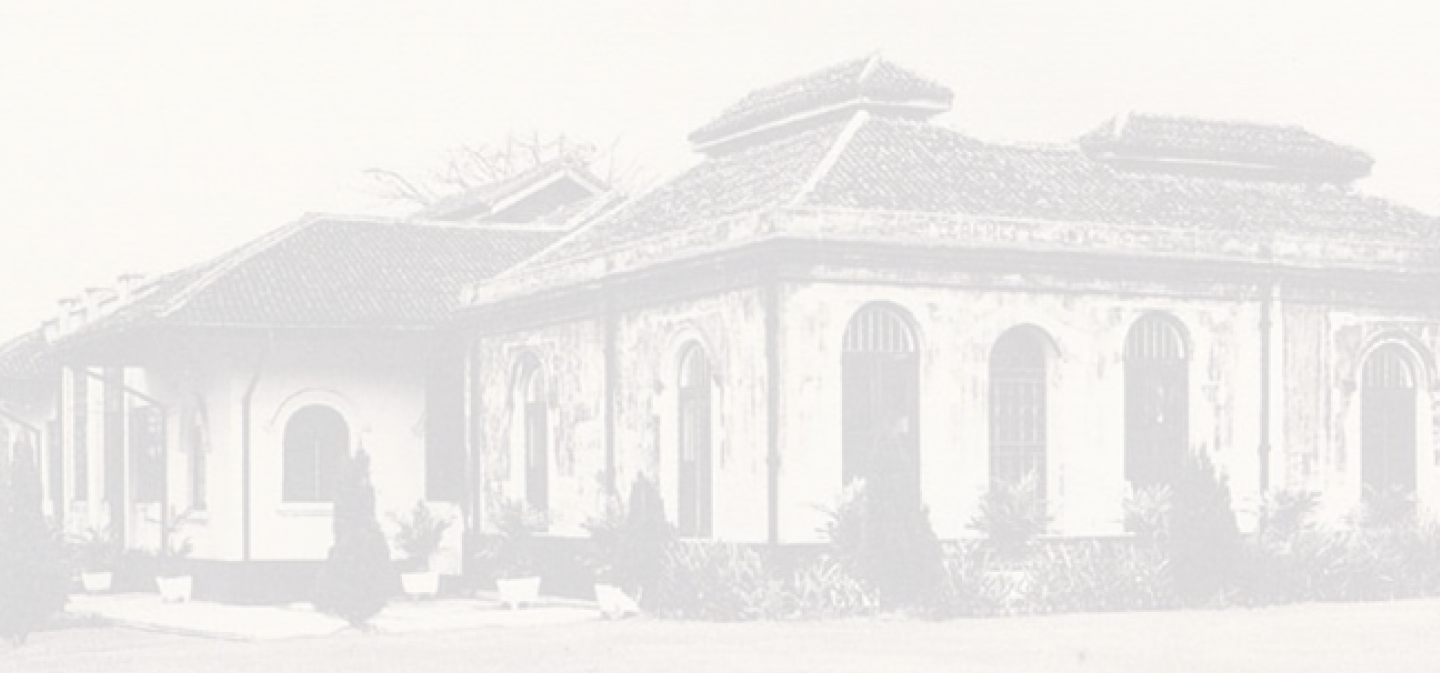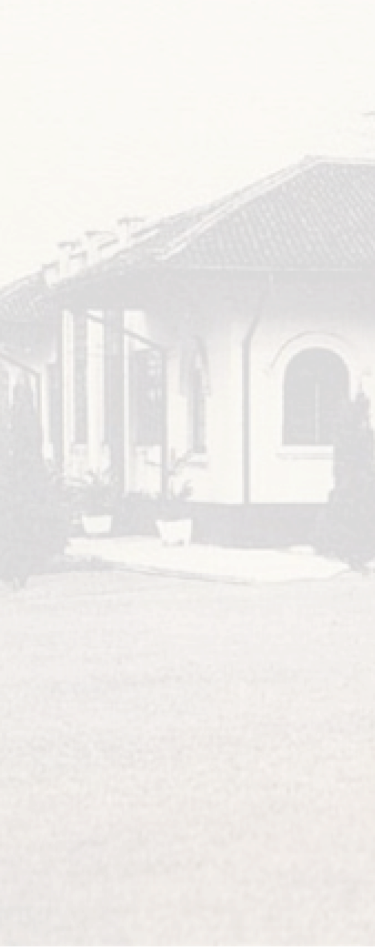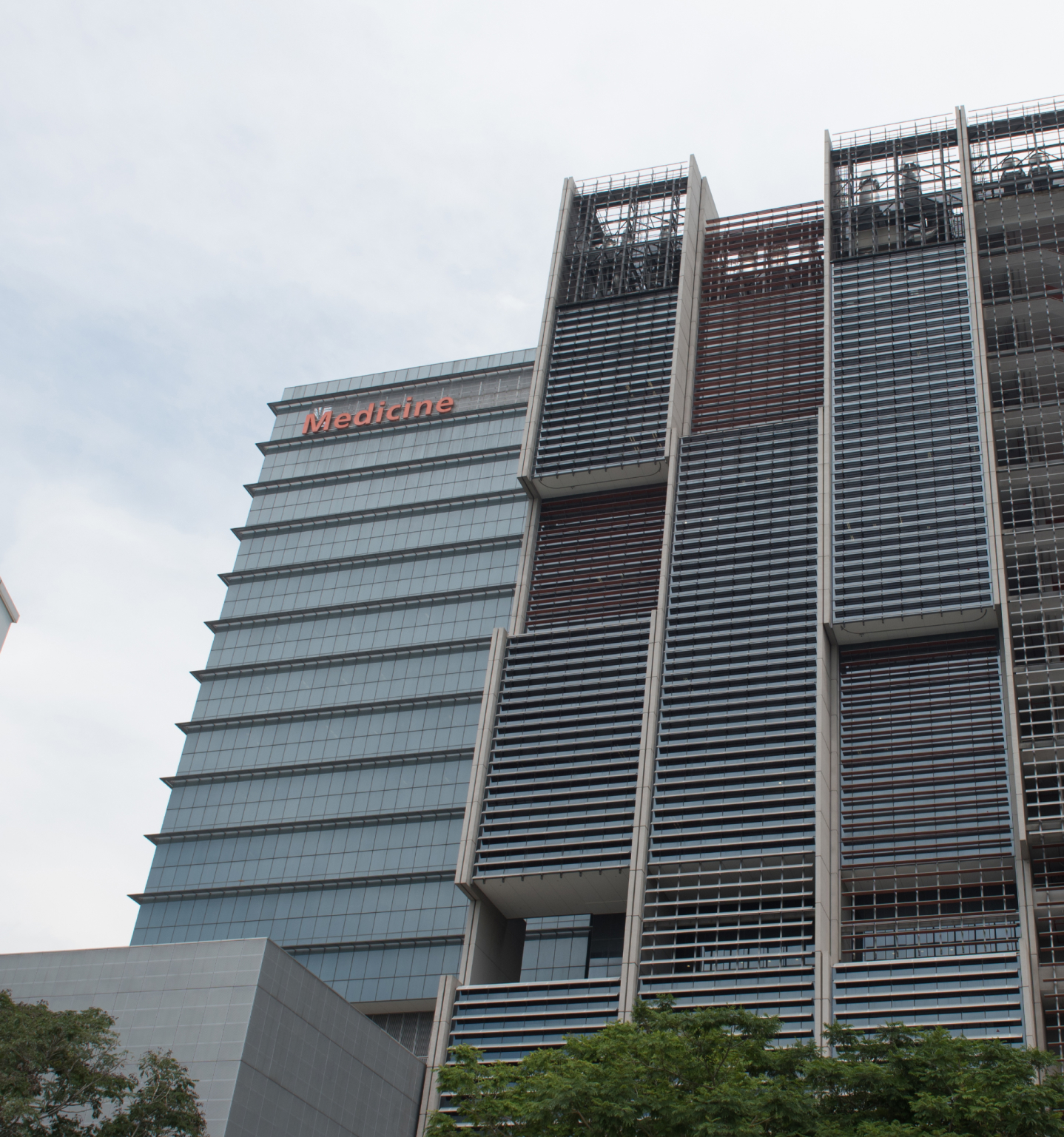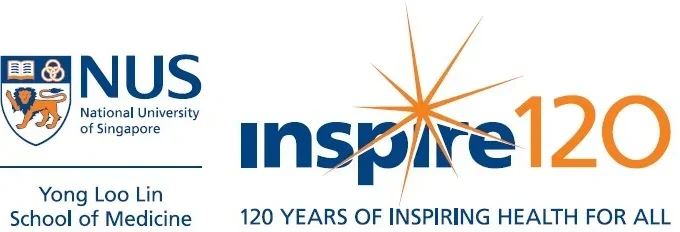

History of NUS Medicine
The Straits and Federated Malay States Government Medical School is born at Sepoy Lines, offering a full-time five-year course to train doctors in Medicine, Surgery and Midwifery.
1905
The pioneering class, comprising seven young men, graduates from the medical school with a Licentiate in Medicine and Surgery.
1910
The School changes its name to the King Edward VII Medical School, in recognition of an endowment by the King Edward VII Memorial Foundation.
1913
Another change in name takes place; the medical school is renamed King Edward VII College of Medicine to reflect more accurately its status as an institution that provides tertiary-level education.
1921
The Department of Dentistry admits seven students into its four-year course.
1929
The University of Malaya is formed through the amalgation of the King Edward VII College of Medicine and Raffles College and the College of Medicine assumes the identity of a university faculty- the Faculty of Medicine.
1949


The University of Malaya confers its first Degrees of Bachelor of Medicine and Bachelor of Surgery on 17 graduands. The first batch of Bachelor of Dental Surgery graduates.
1950
The University of Malaya begins to function as two autonomous divisions, with one located in Singapore and the other in Kuala Lumpur. The Faculty of Medicine operates as the Faculty of Medicine of the University of Malaya in Singapore.
1959
The Singapore division becomes a fully-fledged university as the University of Singapore. The Kuala Lumpur Division now also a national university, keeps the name of University of Malaya.
1962
The School of Postgraduate of Medicine Studies is formed.
1969
The Faculty of Dentistry celebrates 50 years of Dental education.
1979


The University of Singapore merges with the Nanyang University to form the National University of Singapore at Kent Ridge.
1980
The Faculty of Medicine begins its move from Sepoy Lines to Kent Ridge. The entire Faculty of Medicine finds a home in the new campus by 1987.
1983
The National University Hospital is established and serves as the principal teaching hospital for the School.
1985
The Medical Faculty undertakes a much-needed review of its curriculum, leading the setting up of new departments and the reorganisation of the five-year medical course into three distinct blocks.
1991
A further revision of the medical curriculum takes place, with problem-based learning introduced in 1999.
1997
In line with developments in the life sciences, the Faculty of Medicine broadens its entry criteria so that more students will be eligible to study Medicine.
2002
The Faculty of Medicine celebrates its centennial and is renamed the Yong Loo Lin of Medicine in honour of a transformational gift. The Alice Lee Centre for Nursing Studies is establised. The Centre is the only institution in Singapore to offer academic nursing degree programmes ranging from baccalaureate to doctoral levels.
2005
The Centre for Biomedical Ethics, Southeast Asia’s first academic centre for biomedical ethics in a medical school, is established.
2006


The Yong Loo Lin School of Medicine joins the NUS Faculty of Dentistry and the National University Hospital to form the National National University Health System.
2008
The Department of Epidemiology and Public Health becomes the Saw Swee Hock School of Public Health, following a S$30m gift from NUS alumnus Professor Saw Swee Hock. With an Asian focus, the School’s strengths include chronic disease epidemiology, statistical genomics and workplace health, as well as a well-developed Master of Public Health Programme.
2011
The Centre for Translational Medicine is officially opened by Singpapore Deputy Prime Minister and Chairman of the National Research Foundation, Mr Teo Chee Hean on 3 Jul 2012. A focal point for education and research in Singapore, the Centre houses the Medical Library, and laboratories for investigation into diseases important in Singapore, as well as one of the region/s leagest simulation centres for the medical and nursing students to learn and practise clinical skills.
2012
The School receives a further S$25 million from the Yong Loo Lin Trust to work with the National University Cancer Institute, Singapore, to develop new models of cancer care through research and education. The NUS and The Hebrew University of Jerusalem introduces a joint Doctor of Philosophy (PhD) degree programme to further the study of biomedical science. The Singapore Centre for Nutritional Sciences, Metabolic Diseases and Human Development is jointly established by the Yong Loo Lin School of Medicine and the Singapore Institute for Clinical Sciences under the A*STAR. The Centre aims to be the leading hub in Asia for research into the connections between nutritional science, metabolic diseases and human development.
2013
The Centre for Biomedical Ethics at the School is appointed by the World Health Organisation (WHO) as Asia’s first collaborating centre for bioethics under its Global Network of WHO Collaborating Centres for Bioethics. A Designation ceremony to inaugurate this appointment is held on 2 Apr 2014. The Centre for Medical Education is establised to promote professionalism and excellence in medical education through enhancing support for scholarship and faculty development. The NUS and the A*STAR set up Asia’s first nutritional research centre in Singapore. The clinical Nutritional studies to understand the causes of metabolic diseases such as diabetes and obesity,and develops products and formulate diets that can reduce the risks of these diseases. It also conducts studies in research areas such as nutrition in women, children and the elderly, and body weight control. The Faculty of Dentistry celebrates its 85th anniversary.
2014
The School celebrates its 110th year, while the Alice Lee Centre for Nursing Studies marks its 10th anniversary.
2015
